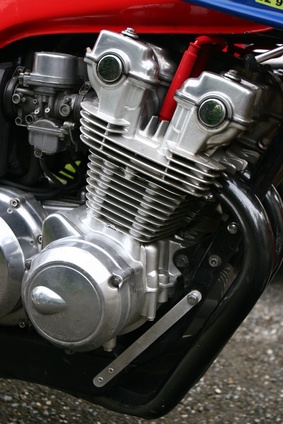
A carburetor metering rod serves three important functions in a car's combustion engine. It signals how much fuel there is, whether it is being delivered to the engine and what the air volume density is within the engine. The metering rods are precision instruments which are essential to the operation of a car. They come in various designs and can be adjusted depending on the make of the carburetor and engine and the ease of access to the metering rods.
The fuel pump delivers fuel to the engine. This delivery is registered at one end of the metering rod. The metering needle inside the metering rod senses the level of fuel in the high-velocity chamber of the carburetor. It responds to air pressure against the surface of the fuel and begins to meter the fuel delivery by detecting the air volume density.
Once the carburetor gets the signal that there is fuel, it will meter the fuel delivery based on the throttle position of the car. It can adjust for acceleration and deceleration as needed. The shape of the metering rod fills with fuel vapors and renders them into a fine mist. The finer the mist, the more burnable the fuel. The more burnable the fuel, the more efficient the engine, with more power and better miles per gallon. It will adjust fuel delivery as the car adjusts speed and in relation to the air volume density, based on driving conditions.
The metering rod also senses a change in the air volume density and responds to it. Air volume in an engine is affected by temperature and by the elevation at which the car is operating -- above or below sea level, for instance. If the temperature cools, the air will be more dense and heavy and pick up more fuel. If the temperature increases, the air will be more light and airy and will pick up less fuel. At low elevations, the air will be more dense; at high elevations, the air will be less dense. The metering rod's sensor allows the metering rod to blend the correct quantity of fuel and air at a wide range of external temperatures and elevations, for fuel efficiency and a smooth-running engine.